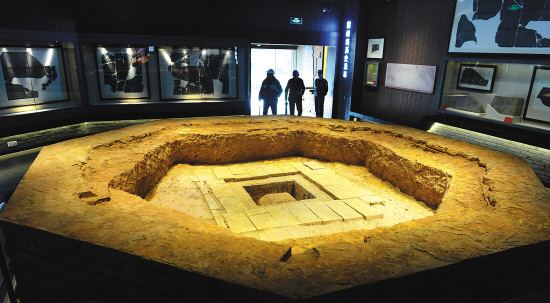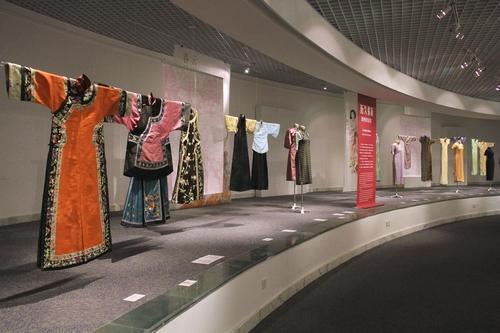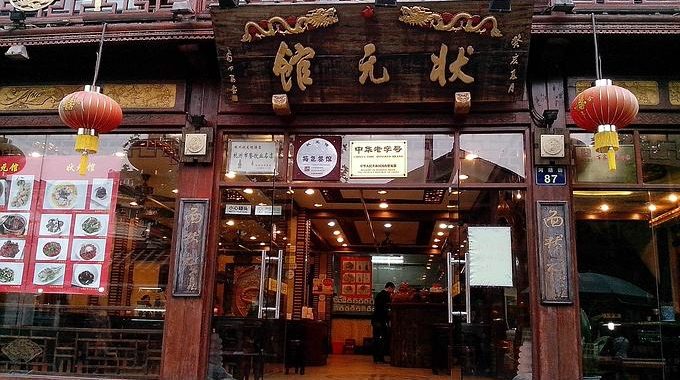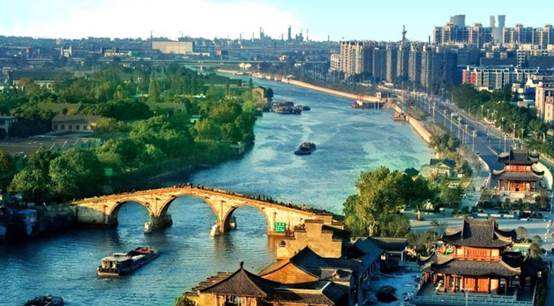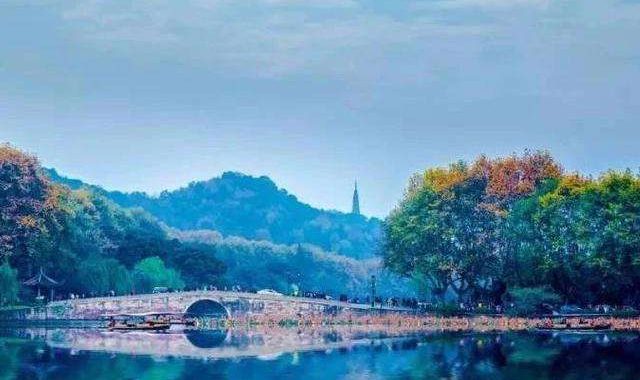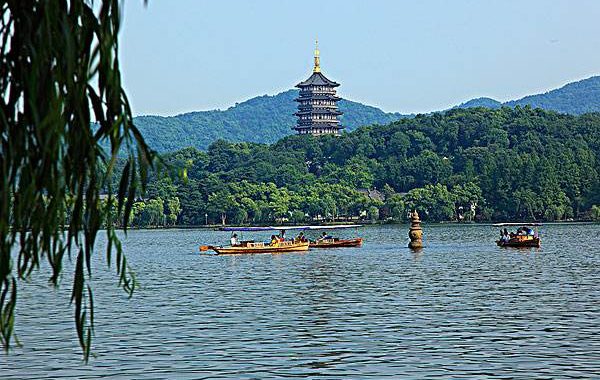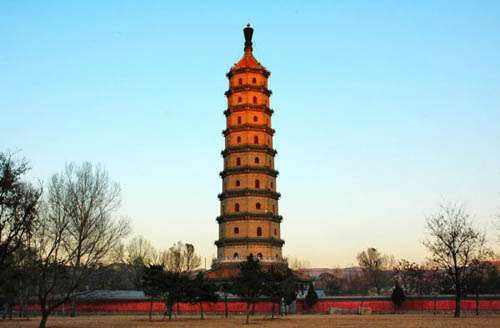Bridge over Fabled Waters
2 min readBetween 1411 and 1415,the canal saw further expansion with 300,000 laborers dredgingit and building a new canal route through Shandong Province to increase its northern access. This drew Suzhou inexorably into the sphere of the canal’s influence, yet left Hangzhou as its primary southern feeder point. The Ming Dynasty(1368-1644) further staffed the canal with over 120,000 soldiers and officials in garrisons and courier posts every 35 to 45 kilometers. They managed the nearly 12,000 grain barges that floated along the canal well into the 15th century.
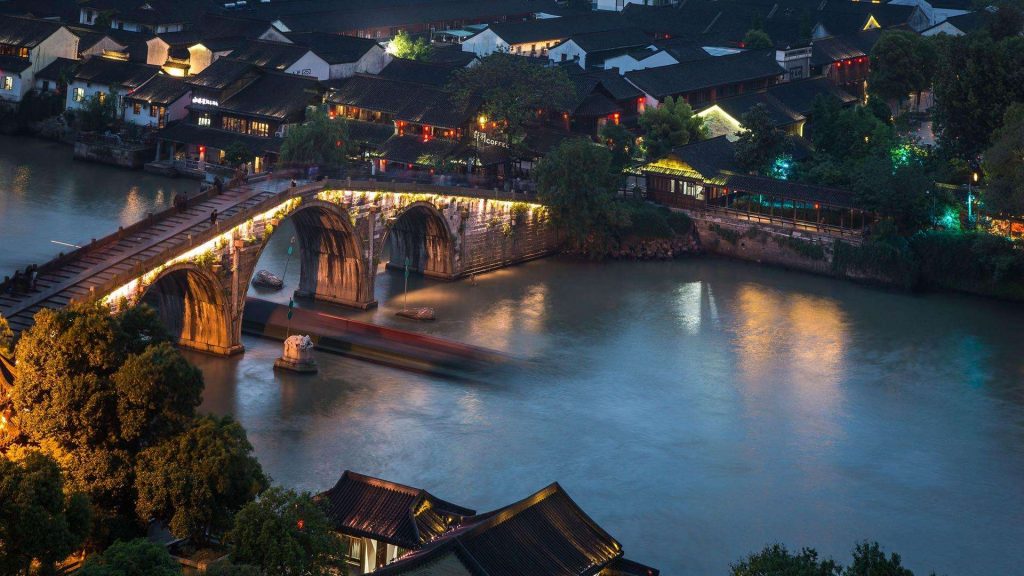
For centuries, merchants would mark their journey at the famous Gongchen Bridge,a place that demarcates where the canal officially intersected with the city’s internal aqueduct system, abuzz with ships of all kinds from around the empire.
Indeed, Gongchen Bridge means “Salute to Emperor’s Place”and is defined by three ma jestic arches. This “North Gate of Hangzhou”was built in 1631 and is 98 meters in length. The moon-shaped arches are crested with buttressed carvings of two dragons playing with a fire ball. They are also embossed with lotuses and inscriptions-the latter rubbed off with time.
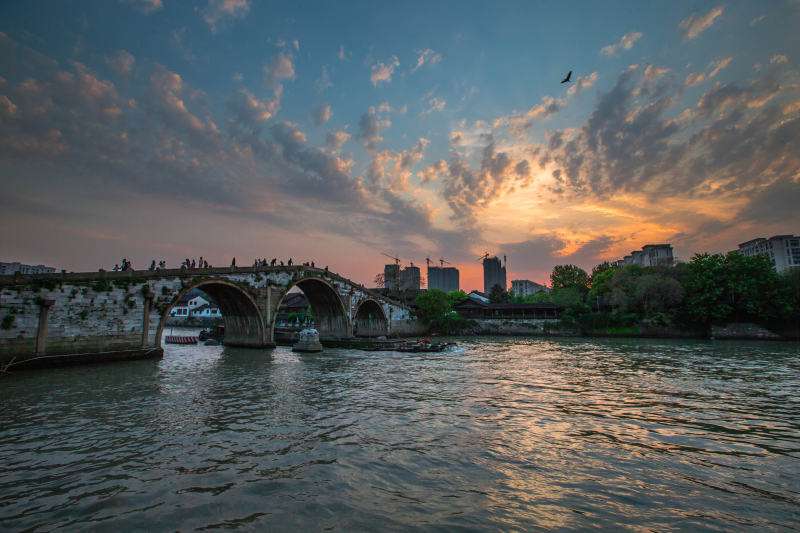
In 1855the Yellow River flooded and changed course, making it far more difficult to traverse the northern canal effectively. It also lost prominence as commercial hubs like Tianjin, Shanghai, Guangzhou, and Hong Kong picked up steam. Later, railway projects in the early 20th century further cut into the canal’s usefulness.
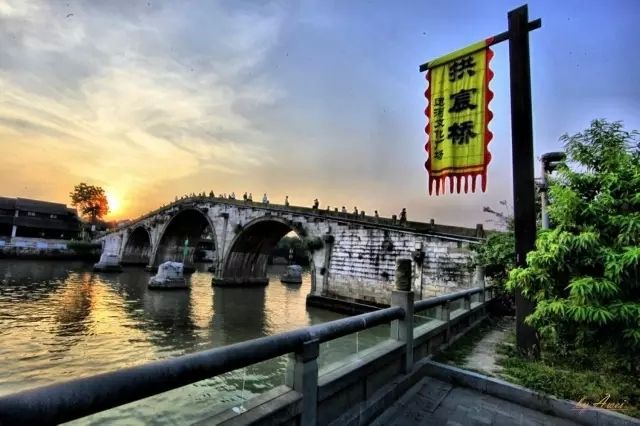
The Grand Canal began to see more traffic after 1949 as local shipping gained more footing, and today the canal still sees important shipping through Shandong, Jiangsu, andZhe jiang provinces. And, peppered throughout the Yangtze River Delta, small cities still rely on the ancient commerce and travel of this noble project from centuries ago. As of 2014, The Grand Canal was listed as a UNESCO World Heritage Site, and it’s no surprise considering how the Grand Canal shaped the Chinese nation. This, however, belies the importance the canal still serves, even after more than a millennium of history.

